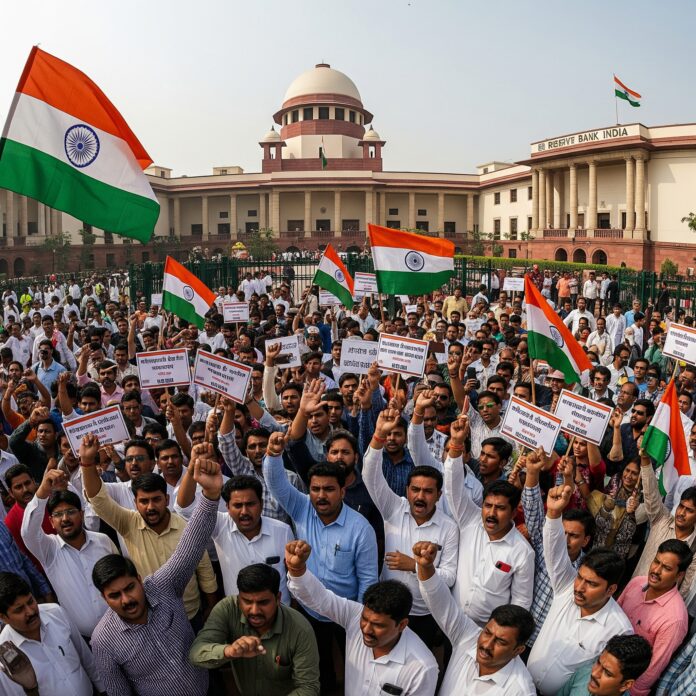NEW DELHI, India – The Reserve Bank of India (RBI), India’s central banking institution, has asserted to the Supreme Court that it has consistently implemented guidelines to oversee how real estate developers utilize sanctioned loan amounts. This proactive stance, the RBI stated, aims to mitigate financial irregularities and prevent the diversion of funds, particularly within the framework of real estate subvention schemes. This declaration comes amidst a broader investigation by the Central Bureau of Investigation (CBI), initiated by the Supreme Court, into alleged collusive practices between financial institutions and property developers that have adversely affected numerous homebuyers.
Understanding the Subvention Scheme’s Pitfalls:
The subvention scheme, a popular financing model in the Indian real estate market, typically involves banks disbursing a significant portion of the home loan directly to the builder. Under this arrangement, the developer is usually responsible for servicing the Equated Monthly Installments (EMIs) on the sanctioned loan amount until the residential unit is officially handed over to the homebuyer.
However, this model has frequently led to distress for homebuyers. A significant number of developers have failed to complete construction projects on schedule, subsequently defaulting on their EMI obligations to banks. This has often resulted in banks pursuing recovery actions directly against the homebuyers, despite the buyers not having received possession of their properties. Such situations have ignited widespread consumer protests and legal challenges, with many homebuyers appealing to the Supreme Court for redress against both lending institutions and builders.
Supreme Court’s Intervention and Relief for Homebuyers:
In a landmark decision in July of last year, the Supreme Court provided considerable relief to affected homebuyers. The court explicitly directed that no coercive measures, including actions related to cheque bounce cases, should be initiated by banks or builders against these individuals for non-payment of EMIs. This ruling underscored the judiciary’s recognition of the homebuyers’ precarious position, often caught between defaulting builders and insistent lenders.
RBI’s Stance on Regulatory Oversight:
In its affidavit to the apex court, the RBI maintained that it has diligently fulfilled its regulatory responsibilities under various statutes, including the Banking Regulation Act. The central bank highlighted its historical efforts to ensure financial discipline within the sector. It specifically noted that it had recognized the potential for issues with subvention schemes as early as 2015. Following this, the RBI had issued clear guidelines mandating that the disbursement of housing loans to individuals must be directly linked to the progress of construction stages of the housing project. Crucially, these guidelines prohibited the upfront disbursal of funds for incomplete or under-construction housing projects. Furthermore, the RBI stated it has directed banks to refrain from any form of intimidation or harassment when attempting to recover loan amounts from buyers.
This ongoing scrutiny by the Supreme Court and the CBI, coupled with the RBI’s clarification of its regulatory actions, signifies a concerted effort to bring greater transparency and accountability to the Indian real estate sector and to safeguard the interests of homebuyers. The developments underscore the critical need for robust regulatory frameworks and rigorous enforcement to prevent the exploitation of consumers in complex financial arrangements.

